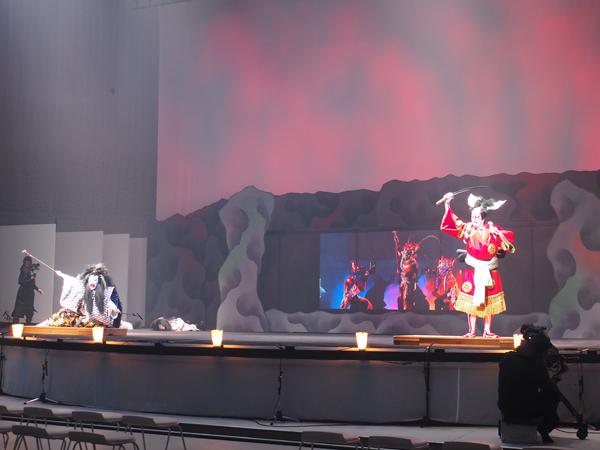Series “NTT Group’s Initiatives at the World Expo” Part 2

The communications network, including IOWN, established at the Expo site operated smoothly for 184 days during the event. NTT West, which was responsible for the network, operated it with an emphasis on information sharing.
NTT Group has positioned the Osaka-Kansai Expo as a “showcase for IOWN.”
IOWN AP Connect was installed at 14 locations inside the site and 14 locations outside, creating a campus network. Furthermore, the NTT Group connected with Taiwan, and on May 24th and 25th, NTT Pavilion Day featured a performance of “Cho-Kabuki Powered by IOWN ‘Konjaku Kyoen Senbonzakura Expo 2025 ver.'” featuring Japanese and Taiwanese performers in a unified performance that blended the distance between them.
A remote agricultural machinery operation experience was also held. EXPO Messe and Hokkaido University’s farm were connected via IOWN, allowing agricultural machinery to be operated over 1,200 kilometers away.
During the Expo, an editing environment combining IOWN and a data center was set up so that Osaka-based broadcasters could produce programs without bringing in broadcast vehicles to the Yumeshima site, realizing a shared remote production environment.
The communications network, including IOWN, set up at the Expo site operated smoothly for the 184 days it lasted.
Takuya Niiro, section manager of the Disaster Response Office at NTT West Japan, who was in charge of network operation and maintenance, said, “We focused on information sharing. If something happened, we made sure to check the information as quickly as possible and share it with the Japan Association for the World Exposition and the police.”
The operation and maintenance system was basically the same as that used during disaster response. It was customized for the Expo, utilizing disaster response know-how.
The Expo is a long event, lasting 184 days. And you never know when a disaster will strike.
For this reason, the disaster response system and the Expo project were separated, and in the event of a major disaster, the Disaster Response Headquarters would take the lead and respond in coordination with the Expo project.
“Japan is a disaster-prone country, so a disaster was sure to occur somewhere during the Expo, so in our initial considerations, a major issue was how to balance the Disaster Response Headquarters and the Expo project,” Niiro recalls.
In fact, Osaka experienced heavy rains in July and August, but fortunately the Expo site was not affected. Also, a massive earthquake occurred off the coast of the Kamchatka Peninsula in July, which resulted in a tsunami warning being issued for Osaka, but this also did not cause any major damage.
The Expo site was originally raised by about eight meters, making it relatively resistant to tsunamis.
“In the unlikely event of a disaster at the Expo site, the Japan Association for the International Exposition would respond. However, we were also operating the pavilion and were responsible for communications, so if anything happened we would prioritize the lives of our customers and be conscious of guiding them to escape quickly. Fortunately, that did not happen,” said Morioka.
At the Expo site, a power outage on the Osaka Metro Chuo Line on the night of August 13th forced service to be suspended, leaving many visitors unable to get home. At that time, part of the NTT Pavilion was opened to visitors.
※Translating Japanese articles into English with AI
